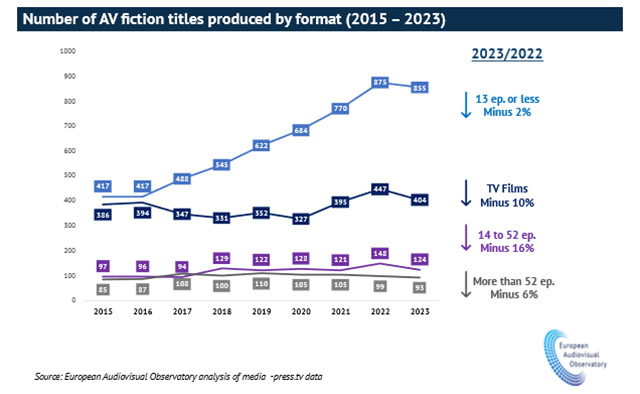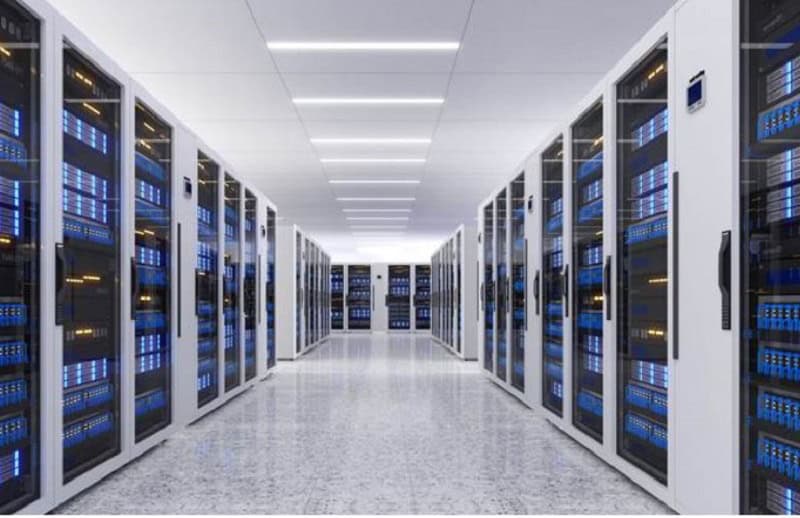Bussiness
Europe has increasingly little to offer Starmer’s economy

Henry Anson, publisher of The Manufacturer, says British resilience is an unexpected consequence of Brexit, which shook everybody out of complacency and forced companies to restructure supply chains before the world went haywire in 2020.
“UK manufacturers have not only survived but thrived by embracing new technologies,” he said. “While the rest of Europe largely maintained established supplier relationships, UK manufacturers took proactive steps to diversify and localise their supply chains.”
Mr Anson said state policy and tax incentives for R&D have steered effort into new fields. “This forward-thinking investment is paying off, as UK manufacturers are increasingly leveraging automation, AI, and digital tools to boost efficiency and productivity,” he said.
His analysis suggests that British companies are much further along in adjusting to the trade shock of Brexit than widely supposed. We saw signs of that last year when the UK car industry secured £24bn of committed investments, a huge rebound from the seven-year drought before.
Meanwhile, the Draghi report has issued its lapidary verdict on Europe, concluding that the bloc is “stuck in a static industrial structure with few new companies rising up to disrupt existing industries or develop new growth engines”.
“With the world on the cusp of an artificial intelligence (AI) revolution, Europe cannot afford to remain in ‘middle technologies and industries’ of the previous century”, it said.
Mario Draghi, the former Italian prime minister and the report’s author, said Europe’s productivity growth began to diverge from the US in the mid-1990s because of its “failure to capitalise on the first digital revolution”.
It risks repeating the error with its heavy-handed regulation of artificial intelligence. Europe has already lost cloud computing irreversibly to America’s hyperscalers.
Mr Draghi describes a Brussels system captured by incumbents, with fatal results for its car industry. Chinese electric vehicle makers are “one generation ahead of Europeans in terms of technology in virtually all domains”. In short, he described a failing economic experiment.
You would not have known this from Sir Keir Starmer’s visit to Brussels last week. The tone was friendly – sort of – but the same old warnings of “cherry picking” abounded.
Europe’s elites still seem to assume that the UK is a demoralised applicant, and still behave as if Brussels is the imperial capital conferring favours in return for obeisance.
The Commission will continue to mark the UK’s card, trickling out market access only to the degree that Britons accept the EU’s legal and policy regime, under “dynamic alignment” and the European Court.
Sir Keir’s refusal to give up his three red lines – single market, customs union, and “free movement” (actually work and welfare rights) – has led to consternation and chagrin.
The idea that the EU might have to make real concessions is not in anybody’s mental universe. “Starmer comes with empty hands,” said German newspaper Handelsblatt.
There may be excellent reasons to rejoin the EU’s close orbit but economics is not one of them. Let us turn the argument on its head. It is becoming ever more imperative to keep a safe economic distance.
It is the rapid and open embrace of technology that turbo-charges productivity and growth, and here the EU is more of a threat than an opportunity. The UK is quietly emerging as a world player in several of the hi-tech fields that will dominate the 2030s.
Google DeepMind came out of University College London and is still based in the UK. This country has the world’s third biggest AI sector, which it is nurturing with a common law approach to risk that is radically different from the precautionary principle behind EU tech rules.
There is some truth to the old adage that common law lets you do anything unless prohibited, while Roman law lets you do nothing unless permitted.










.jpeg?tr=w-1200%2Cfo-auto)